Policyholders staying at home during lockdown are better able to combat potential escape of water claims resulting from the recent snowfall, but commercial clients may still be at risk following lockdown-induced business closures
This year’s national lockdown regime, implemented to stem the spread of Covid-19 variants, will help mitigate claims arising from February’s ‘Beast from the East II’ as policyholders can keep a more weather eye on their homes.
Earlier this month, the Met Office warned that Storm Darcy – formed of cold air from Russia and Eastern Europe – would be bringing strong winds and snow to the South East of England.
Dubbed the ‘Beast from the East II’, Met Office chief meteorologist Paul Gundersen said on 7 February: “The UK is in for a notably cold and snowy period, with very cold air in place over the whole of the UK.”
The UK’s previous Beast from the East – back in 2018 – proved costly for insurers, with the ABI calculating that insurers’ additional indemnity spend amounted to £350m. Scott Cameron, commercial property operations director at loss adjusting firm Sedgwick, added that “claim volumes were significant” and that the business received “the equivalent of three months’ worth of work in some areas of our business in a few short days”.
However, industry experts believe this year’s event will not have such a significant impact on claims, mainly due to the coronavirus pandemic lockdown.
In 2018, escape of water (EOW) claims were a prime problem as properties thawed following freezing weather conditions. This time round, however, lockdown has meant more policyholders have remained indoors with the heating on, able to respond to potential EOW issues more promptly.
Cameron continued: “The effect of the Covid-19 lockdown is likely to play its part in claim volumes, claim payouts and which properties will be affected.
“At this time of year, a proportion of homeowners would normally be away on winter skiing or winter sun holidays and it’s often in an empty property where the heating has not been left on or a boiler fails that there are problems. However, with lockdown restrictions, residents are at home and can immediately resolve any problems arising from burst pipes or broken boilers.”
Charles Bush, head of property and energy claims at Zurich, agreed. He said: “Compared with 2018, there are many more people working from home at the moment, with fewer vacant domestic properties where the heating is not on, for example.
“We hope this will mean that any losses are identified earlier and water flow is stopped before it becomes a major issue.”
Andrew Shaw, head of general property at claims management organisation Crawford and Company, emphasised this point too. He told Insurance Times: “The previous Beast from the East caused a massive surge in escape of water claims as properties thawed from the freeze.
“Crawford hasn’t seen an increase in these claims and the pandemic has undoubtedly reduced the risk of escape of water as many people are working at home and have the heating on.
“Any escape of water claims received have not been severe as homeowners are at home and are able to take action immediately.”
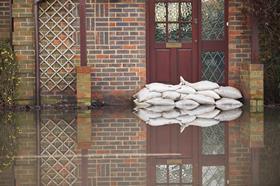
Commercial risk
Although potential claims from homeowners may be lessened, commercial clients may still be affected by the Beast from the East II-related claims if they have had to close their business in line with lockdown regulations.
“On this occasion, it is the many commercial SME business owners who are away from their properties following lockdown rules who may face problems when they return,” Cameron noted.
Shaw expects more commercial claims too.
He said: “Commercial and public buildings left empty and left without heating due to the lockdown may well be notifying claims in the coming days as and when the damage is discovered.”
Bush, on the other hand, feels there are enough preventative measures in place to mitigate commercial claims.
He explained: “Whilst there are more unoccupied commercial premises due to the ongoing pandemic and national lockdown, there are often policy requirements in place to ensure that either water systems are drained or that the heating is maintained at a minimum temperature to help prevent frozen pipes and, therefore, escape of water damage.”
Accidental damage
For Robin Challand, claims director at Ageas, EOW claims have not been the most prevalent following the onset of Storm Darcy, however.
He said: “Analysis of our claims data shows some interesting differences between this recent ‘Beast from the East’ and its predecessor in 2018.
“Household claims are significantly lower and the type of claims we’re seeing are also different this time around.
“During the first Beast from the East, the majority of our claims were escape of water or storm related. During this more recent weather event - taking into account data from 5 to 9 February - we actually had more claims relating to accidental damage than escape of water or storm.
“Incidents also appear to be reported to us much more quickly this time around. Both of these points paint a picture of the current lockdown situation.
“We will continue to closely monitor the situation as it’s not unusual to see an increase in flood or escape of water claims during the latter part of a weather event of this type, when the ‘big freeze’ turns into the ‘big thaw’.”
Waiting for the thaw
Despite the mitigating effect of lockdown, it’s still early days in terms of tracking claims trends from the Beast of the East II.
“As the bitterly cold snap continues to cause issues across the country, it is too early for us to speculate on the true impact of it on our customers at the moment,” Zurich’s Bush said.
“It is anticipated that the weather will start to improve and turn milder. It tends to be during that stage of an event like this that we start to see ‘freeze-thaw’ induced escape of water [and] burst pipes.
“Beast from the East was a double event with two periods of really heavy snowfall a week or so apart, which resulted in snow-loaded roof collapses of warehouses, etc, whereas this time we have not seen the same levels of snow.”
Cameron added: “To date, we have not seen a significant increase in claims as these usually occur when the thaw happens. We therefore won’t know the impact for a few days yet.”
Shaw also noted that “the property claims volume so far is nowhere as severe as the previous Beast from the East or recent storms Bella and Christoph”.
THE AGRICULTURAL IMPACT
It is not only building structures that have been affected by recent bouts of bad weather.
Speaking on the impact to the agricultural sector, Max Perris, agricultural consultant at Crawford and Company, said: “The Crawford agricultural team has seen a significant increase in flood events causing damage not only to property but to growing crops.
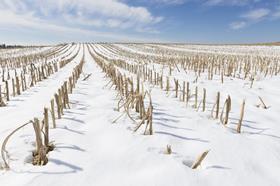
“Whilst this doesn’t have an immediate effect on current claims, this could present a knock-on effect to indemnity spend later in the year due to rising commodity prices.
“The potential shortage of agricultural commodities means that brokers need to ensure they are undertaking reviews with their farming clients to ensure sums insured are adequate to reflect future price increases.
“Farmers are suffering reduced yields and the need to re-sow winter crops lost due to flooding [and] saturated soils.
“Over the last few years, we have seen various claim issues arising with produce and deadstock claims. Flooding in wet winters and fires in hot summers have reduced the amount of quality fodder available; as a result, hay and straw prices have soared.
“We have noticed an increase in loss of livestock claims due to flooding where lowlands have flooded and livestock have been washed away.”



























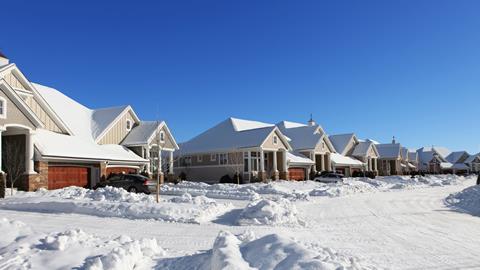



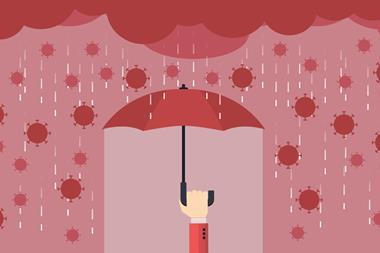

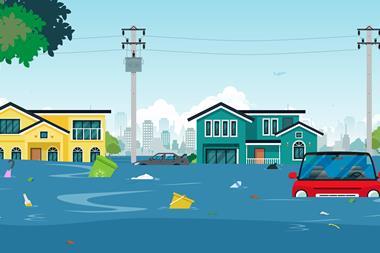

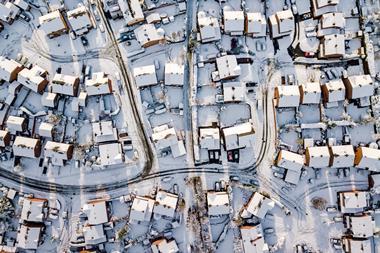









No comments yet